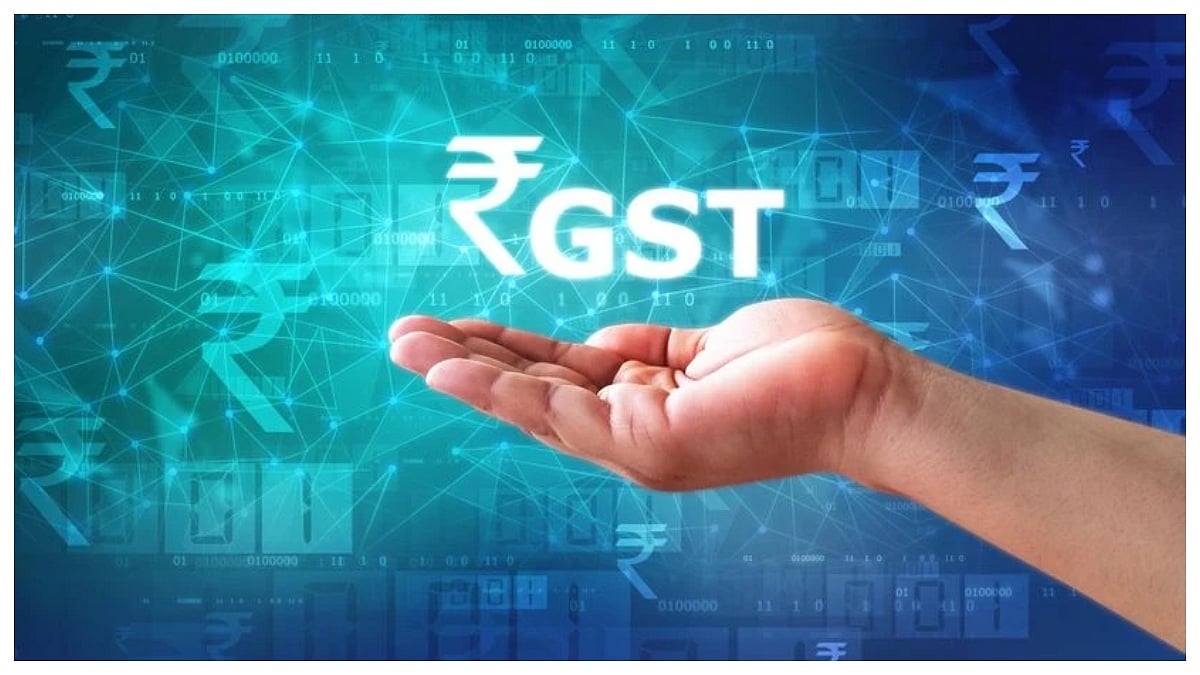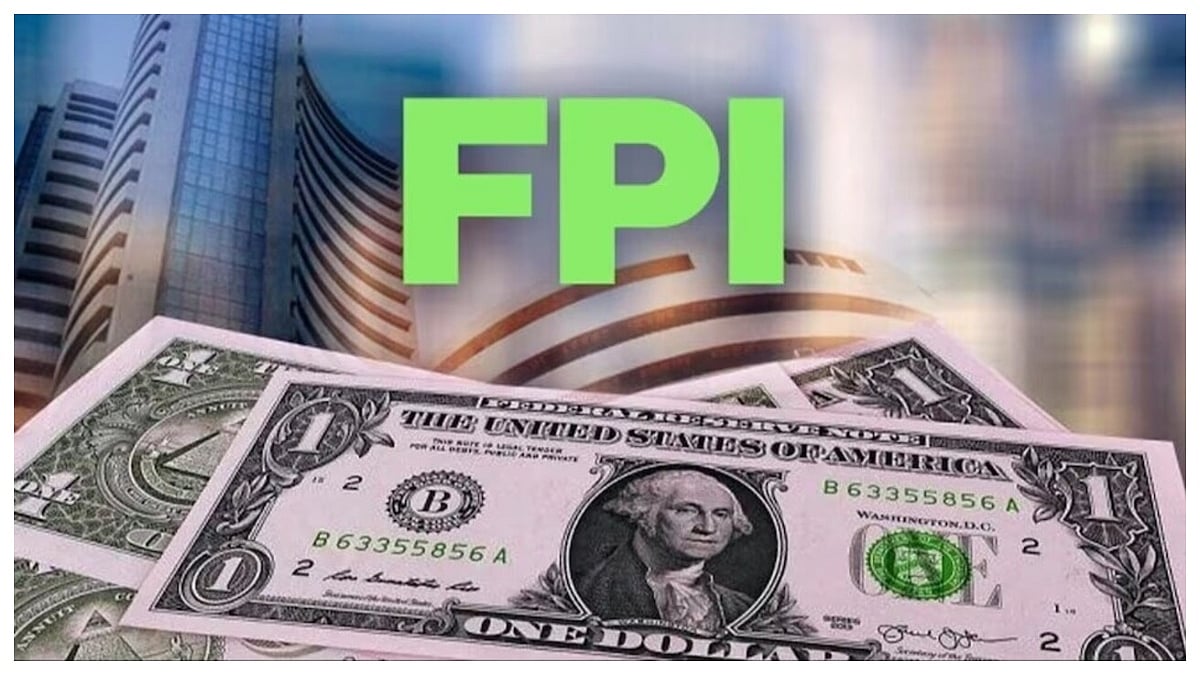New Delhi: India’s retail inflation is expected to fall further in October, supported by a high base effect, easing food prices, and the full impact of recent GST reforms, a new report has said.
The data compiled by Union Bank of India suggests that inflationary pressures will only rise gradually in the coming months.
The bank said its projection for October’s Consumer Price Index (CPI) inflation is currently tracking below 0.50 per cent.
It also expects food inflation to drop sharply and remain in the negative zone during the winter months, as the impact of recent floods has been limited.

Inflation has already eased to an eight-year low, helped by lower food prices and the rationalisation of GST rates.
The report lowered its inflation forecast for FY26 to 2.6 per cent from the earlier estimate of 3.1 per cent.
It added that inflation is likely to stay below the RBI’s target range for most of the year and may rise slightly in the fourth quarter due to base effects.
In September, CPI -- which measures the average change in retail prices of goods and services --showed a notable decline compared to the previous month, highlighting a broad moderation in price growth.

The Consumer Food Price Index (CFPI) stood at -2.28 per cent, indicating that food prices have been falling since June 2025.
Data also showed that inflation in rural areas was 1.07 per cent, while urban inflation was slightly higher at 2.04 per cent.
Food inflation remained negative in both segments, at -2.17 per cent in rural areas and -2.47 per cent in urban regions, reflecting the impact of falling prices of vegetables and edible oils.
The government attributed this decline to “favourable base effects” and lower prices of key food items such as vegetables, oils, fruits, cereals, pulses, eggs, and fuel.
Economists believe that if the current trend continues, India could maintain a low-inflation environment through the festive and winter seasons, supporting consumer demand and overall economic stability.
(Except for the headline, this article has not been edited by FPJ's editorial team and auto-generated from an agency feed.)










